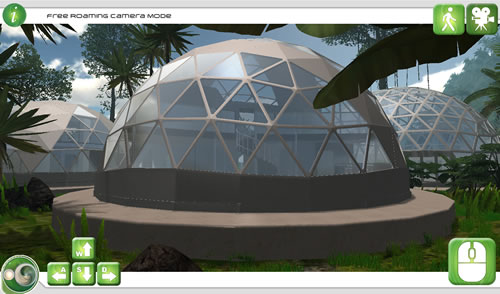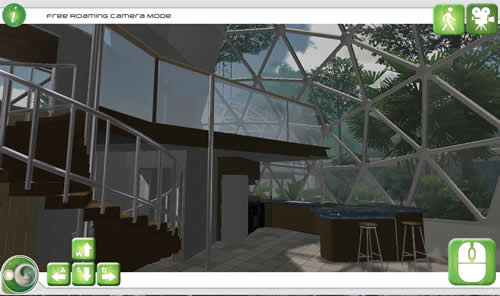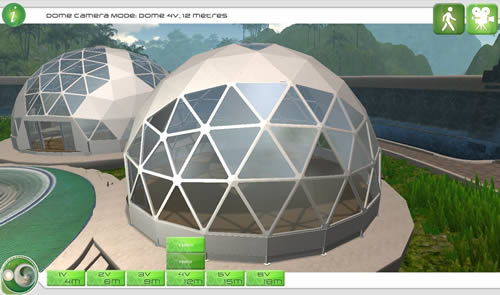- PO Box 989 Mullumbimby Contact us
- Call Us: +61 2 6684 3173
About Aquaponics Systems
Aquaponics is a portmanteau whose parent words are aquaculture and hydroponics. While aquaculture is the rearing of aquatic animals (fish, prawns and snails), hydroponics is the cultivation of plants in water. Aquaponics is therefore the integration of both aquaculture and hydroponics. Simply put, it is the growing of crops and rearing of aquatic animals together. This integration is a seamless one as it happens in a re-circulating system where symbiotic relationships are the norm.
The Components Of Aquaponics Systems
Most aquaponics systems such as the Eco Built Aquaponics System are delivered as prefabs that are ready made for sustainable production of organic food and aquatic life. The typical aquaponics system is divided into two: the aquaculture part and the hydroponics part. Whereas the two parts remain largely distinct, there are processes and systems that work in harmony to ensure the smooth flow of water throughout the entire system, the removal of units of solids and efficient bio-filtration.
The Hydroponics Part Of The Aquaponics System
The water that is channeled through a continuous system throughout the system is nutrient rich as it passes through the hydroponics part. Plants thrive in this part with their roots stretching below to amass the plethora of nutrients. This acquisition of nutrients is accompanied by removal of ammonia from the flowing water which is toxic to the aquatic animals in the aquaculture part. Varieties of plants and vegetables that thrive in the hydroponics part of the aquaponics system include cabbages, tomatoes, roses, sweet potatoes, herbs, strawberries, melons, onions, beans and peas.
The Aquaculture Part Of The Aquaponics System
In theory, the aquaculture part of the aquaponics system is the rearing of a variety of aquatic animals. In practice however, fish is the most popular animal reared in the aquaculture. Fish that can be reared range from tilapia to the fish reared for domestication such as gold fish. Only fresh water aquatic animals can however survive in the aquaculture part of the aquaponics system. Water that passes through the aquaculture part is taken through a system of purification and oxygenation before being channeled to the hydroponics part.
Energy In The Aquaponics System
To achieve continuous recirculation of water and control of optimum temperature of aquatic life, the aquaponics system requires an effective energy supply system. Energy efficiency is at the heart of all aquaponics systems. That is why most of the aquaponics systems out there make use of alternative energy and other technological practices that keep the number of pumps at a minimum. As you can imagine in any system where continuous flow is imperative, a slight breakdown in the system has catastrophic ramifications. That is why ideal aquaponics systems are built with 'multiple points of failure' as opposed to one 'single point of failure' to reduce the impact of failure(s).
Advantages Of Aquaponics Systems
Aquaponics systems have numerous advantages. They allow for year round farming regardless of the prevailing climatic conditions. They reduce farming labor by half or more. They are designed in such a way that parasites to aquatic life cannot thrive. They ensure optimal energy efficiency. Lastly, they are environmental friendly as they do not require use of chemical fertilizers.
Download the Sustainable Domes Walkthrough app now - just like our facebook page and look for the details.
15m Residential Dome

15m Residential Dome Internal

12m and 15m Residential Domes



